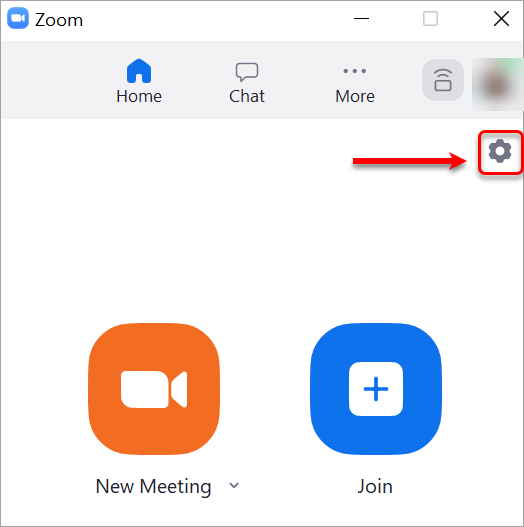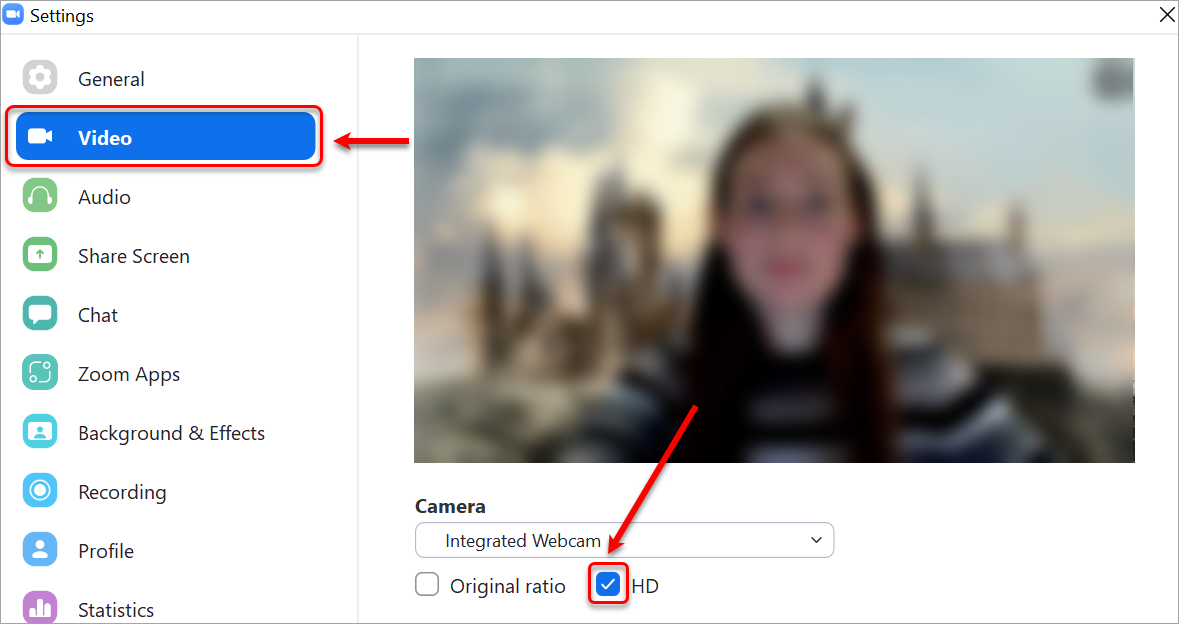Running interviews via Zoom (Original)
Staff are able to conduct guest interviews via Zoom while recording the conversation for subsequent editing. This guide includes tips for both the interviewer and interviewee to assist with this process.
Thank you to the ITaLI Media Team for developing the content for this guide.
Tips for the interviewer
Zoom account
If you are not currently a Zoom user, or you haven’t used it in a while, it is worth becoming familiar with Zoom well in advance of the interview. Make sure that you and the person who you will be calling are “CONTACTS” on Zoom, as this process can be a holdup to connecting on the day. You may even wish to have a test-call at some stage.
Connection
It will be ideal if you can choose a hard-wired (plugged-in) connection to the internet (as opposed to WiFi or cellular). If you do have to use WiFi, try to choose a location where the signal is strong.
Zoom settings
It is important that you record both yourself and the interviewee in the highest possible quality.
- Launch the Zoom application.
- Click on the Settings cog.

- Select the Video tab.
- Under Camera settings, check the HD checkbox.

Looking the part
As your webcam will be recorded and used in the course, it is important that students see you at your best. The best way to achieve this is to prop up your laptop so the webcam is at eye level. This means you will be looking directly across at the camera, rather than down at it.
Figure 1 - Example of positioning within screen
Arrange your screen/webcam so that your head is very close to the top of the screen (as shown in Figure 1) and choose a neutral background if you can. Make sure the webcam doesn't include anything that you don’t want to share (e.g. photographs of your family). Resist the temptation to look at the interviewer and try to look directly at your webcam instead. In the daytime, avoid having windows behind you. In poorly lit rooms, try using a desk lamp near your laptop to illuminate your face smoothly.
Recording
In order to have the highest quality recording, it is recommended you select "Record on this computer" in the Zoom meeting.
Asking
Interviewing via Zoom can be difficult. It is recommended that you ask only one question at a time, and stay silent while the question is being answered. Resist the temptation to look at your notes, as this may give your guest the impression that you cannot hear them, or have lost interest. Do not audibly react in the middle of answers with phrases like “I see”, “of course”, or “I agree”, as this sound will bleed into the recording at the other end.
During the editing process, the editors will often remove the questions, and edit your guest’s answers together in a way that creates a seamless narrative. Therefore, it is very important that your guest answers in complete sentences. Sometimes you may have to ask them to repeat an answer (it is better to butt in early and ask them to start again, rather than let them get to the end!).
For example:
Q: “How long have you been interested in this field of study?”
A: “ I have been interested in this field of study for ten years”
(rather than A: “Ten years”, which gives us no hint as to the question that’s being answered).
Tips for the interviewee
Setting up Zoom
If you have never used Zoom before, you will need to click on the meeting link you have been sent to set up Zoom in advance. Once you click on the link, you will be prompted to download and install Zoom. The set up process can eat into interview time, so it is ideal if you can do this in advance.
Note: Access to your computer's administrator account may be required to install Zoom.
Connection
It will be ideal if you can choose a hard-wired (plugged-in) connection to the internet (as opposed to WiFi or cellular). If you do have to use WiFi, try to choose a location where the signal is strong.
Zoom settings
It is important that you record yourself in the highest possible quality.
- Launch the Zoom application.
- Click on the Settings cog.

- Select the Video tab.
- Under Camera settings, check the HD checkbox.

Looking the part
As your webcam will be recorded and used in the course, it is important that students see you at your best. The best way to achieve this is to prop up your laptop so the webcam is at eye level. This means you will be looking directly across at the camera, rather than down at it.
Figure 1 - Example of positioning within screen
Arrange your screen/webcam so that your head is very close to the top of the screen (as shown in Figure 1) and choose a neutral background if you can. Make sure the webcam doesn't include anything that you don’t want to share (e.g. photographs of your family). Resist the temptation to look at the interviewer and try to look directly at your webcam instead. In the daytime, avoid having windows behind you. In poorly lit rooms, try using a desk lamp near your laptop to illuminate your face smoothly.
Answering the questions
During the editing process, often the editors will remove the questions, and add your answers together in a way that creates a seamless narrative. You can assist us greatly here by answering in complete sentences that include part of the original question. For instance:
Q: “How long have you been interested in this field of study?”
A: “ I have been interested in this field of study for ten years”
(rather than A: “Ten years”, which gives us no hint as to the question that you’re answering).
- Add a virtual background
- Customise your Zoom waiting room
- Generate report of meeting participants
- Live auto-transcripts in a Zoom meeting
- Live oral and practical assessment recording
- Meeting Timer, Agenda Timer & Clock Countdown in Zoom
- Moving between Breakout Rooms
- Oral Exams via Zoom
- Polling in a Zoom meeting
- Pre-assigning participants to breakout rooms
- Publishing a Zoom recording to Echo360
- Reactions in a Zoom meeting
- Running interviews via Zoom
- Scheduling privilege's in Zoom
- Using Zoom tips
- Virtual Classroom (Zoom) FAQ
- Virtual Classroom Tips and Tricks
- Zoom Meetings via Learn.UQ
- Zoom Recommended Settings
- Zoom waiting rooms for online exams
